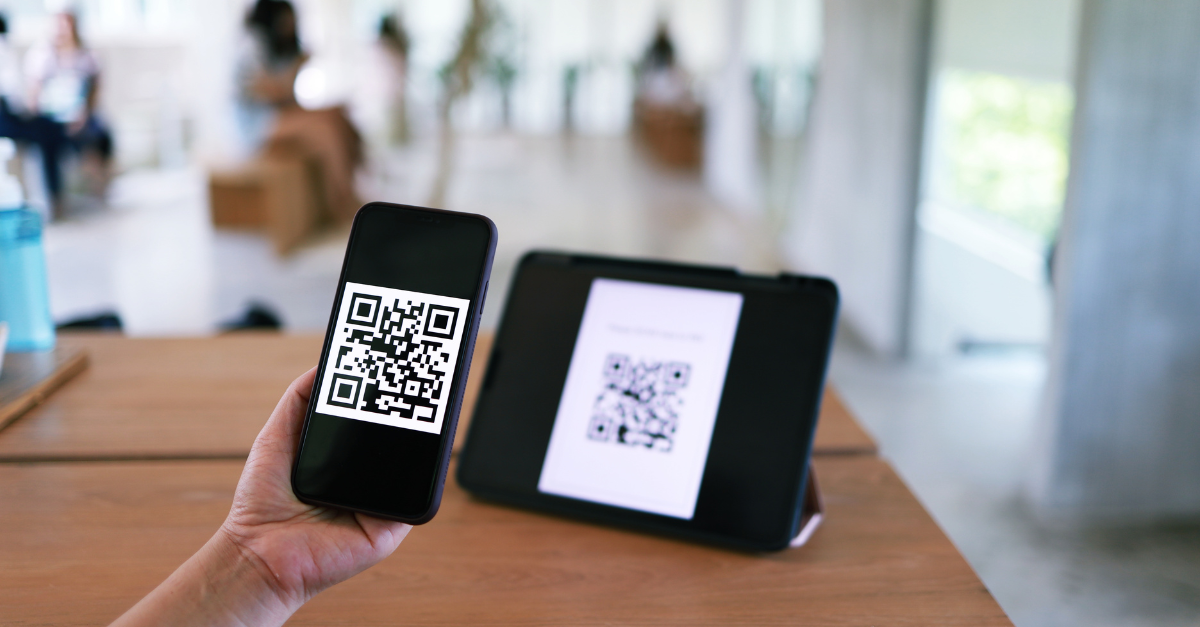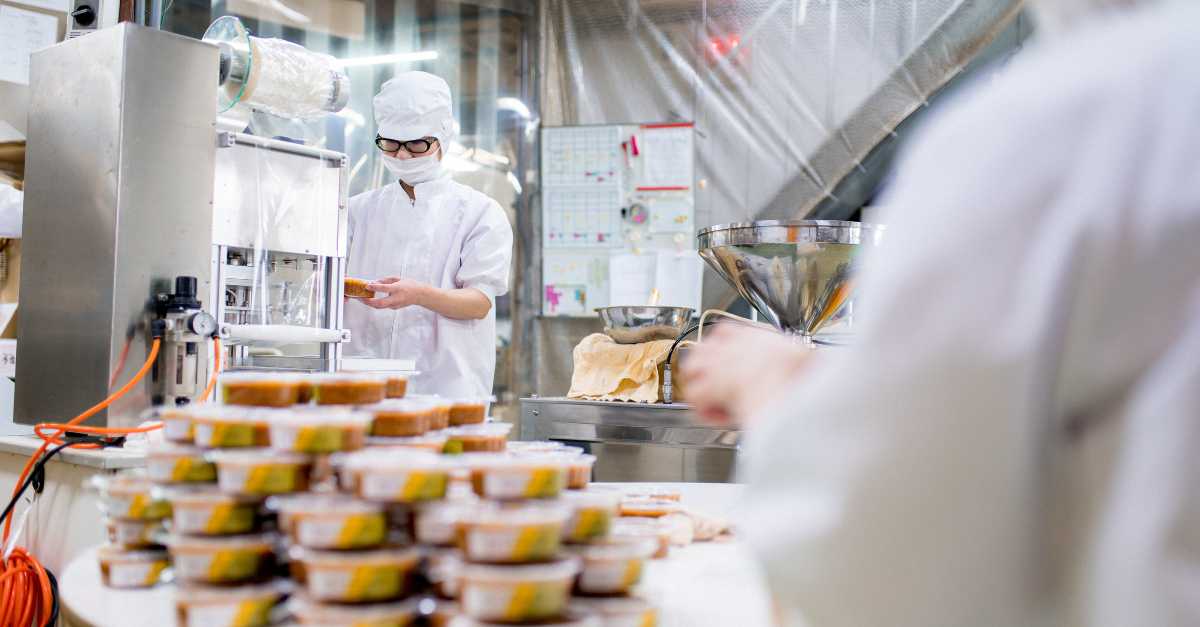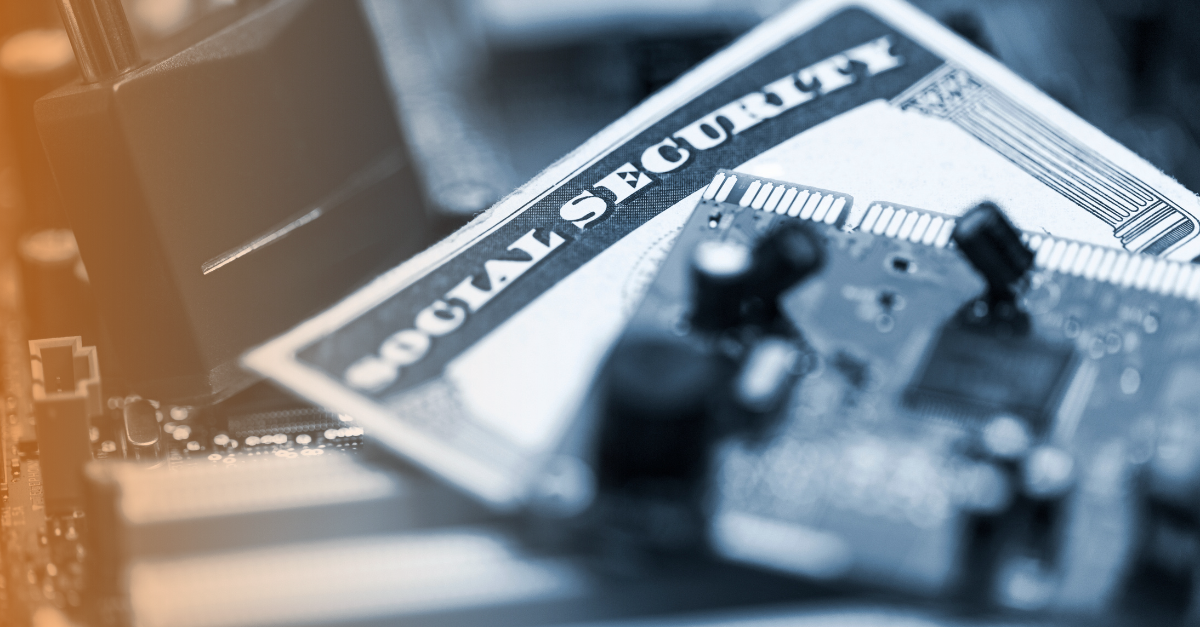5 Features ATM's Need in a Cashless Society

As contactless payments, digital wallets, and online banking increasingly become the norm, the reliance on cash is steadily diminishing. This shift towards a cashless society is more than a temporary trend—it's a fundamental change in consumer behavior and banking operations.
In the past decade, we've witnessed a significant shift in how Americans handle their transactions. Today, about 41% of Americans don't use cash at all during a typical week, a notable rise from 29% in 2018 and 24% in 2015, as revealed by a recent Pew Research Center survey.
On the flip side, the number of Americans who rely entirely on cash for their weekly purchases has dropped from 24% in 2015 to just 14% today. Nevertheless, around 59% of Americans still use cash for at least some of their transactions each week.
This shouldn’t be a real surprise as banks of all sizes are implementing their own digital payment apps that include virtual wallets, and FINTECH app integrations like Zelle.
The move towards cashless transactions offers myriad benefits for both customers and banks. For customers, it means unparalleled convenience, faster transactions, and the ability to track spending with greater precision. For banks, it enables better data analysis, improved service personalization, and enhanced operational efficiency.
Benefits of a Cashless Economy

- Enhanced Flexibility, Efficiency, and Convenience: Cashless transactions streamline financial processes, reducing the need for physical money handling and minimizing the risks associated with cash theft or loss.
- Improved Financial Tracking: Digital transactions provide a detailed record of all financial activities, helping customers easily monitor their spending and manage their budgets.
- Environmental Impact: By diminishing the need for printing, transporting, and storing physical currency, banks can significantly lower their carbon footprint and contribute to sustainability efforts.
Where does this leave ATM’s?
For how convenient ATM’s have been since their implementation, there is still one primary use for them: cash withdrawal. With the shift towards a cashless economy well underway, it begs the question: will ATM’s be abandoned? Many ATM functions outside of cash withdrawal can be done through banking apps – so, what is our need for them without cash?
The number of ATM’s in the United States has been declining, from 470,000 in 2019 to 451,500 in 2022. This is largely due to the drop in cash purchases.
ATM’s aren’t just going away, though. They're being repurposed for more than just cash withdrawal, and smart ATM’s are becoming the norm, built for services like live videoconferencing with a teller, or even ATMs built strictly for cryptocurrency.
Even with these new advancements, customers are still not getting an all in one solution that can take care of more than just banking. Securing documents plays a crucial role in today’s society when it comes to fraud, and customers need more options when visiting self-service terminals at the bank, or anywhere else they might need it.
TellerCentral: Revolutionizing the ATM
Embracing innovation and preparing for new challenges enhances security with TROY’s latest innovation, TellerCentral. Amid this transition, TellerCentral plays a critical role in safeguarding sensitive information, facilitating the secure exchange of documents, and ensuring that customer data remains protected in an increasingly digital marketplace. This security measure boosts customer confidence and fosters stronger relationships between banks and their clients.
5 New ATM Features of TROY TellerCentral
1. Enhanced Self Service Options: TellerCentral doesn’t just recycle cash. It lets customers securely print cashier’s checks, bank cards, deposit slips, bank statements, and more. This gives more options when at the bank, or outside of it.
2. Seamless Integration: TellerCentral is compatible with the latest software and operating systems and supports remote customer verification and troubleshooting.
3. Enhanced Security: Incorporates biometrics, encryption, and secure MICR printing to provide robust protection against fraud and unauthorized access.
4. Improved Customer Experience: Offers an intuitive, user-friendly interface for easy navigation and transactions, reducing downtime through easy maintenance and remote monitoring.
5. Expanded Reach: Through strategic location placement and custom vinyl wrapping, customers can identify their branch with TellerCentral anywhere they are, whether at a bank, airport, grocery store, or more.

Revolutionizing Banking with TellerCentral
In an era where digital banking is the norm, TellerCentral emerges as a pivotal tool for financial institutions. By addressing critical needs such as security, efficiency, and customer satisfaction, TellerCentral enables banks to thrive in the post-pandemic landscape. Embrace the future of banking with TellerCentral, where innovation seamlessly meets security.
Related Posts

Inks for Food Packaging: Standards & Guidelines
It's not a secret, but it may be overlooked: Packaging is everything. When we grocery shop, what packaging our favorite brands wrap or place their products in plays a huge role in..

How Governments Can Better Protect Our Data
Identity theft seems like it wouldn't be a pressing issue in 2024, but its is actually affecting millions of individuals and businesses worldwide. From data breaches to phishing..

FinTech vs. Traditional Banking: How Banks Can Bridge the Gap
As the financial services industry evolves, banks are increasingly embracing fintech applications to meet the demands of a digital-first world. With mobile banking, payment apps,..



Leave a Reply